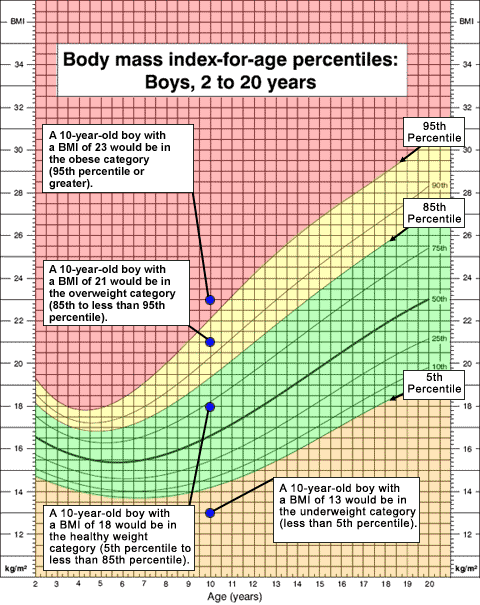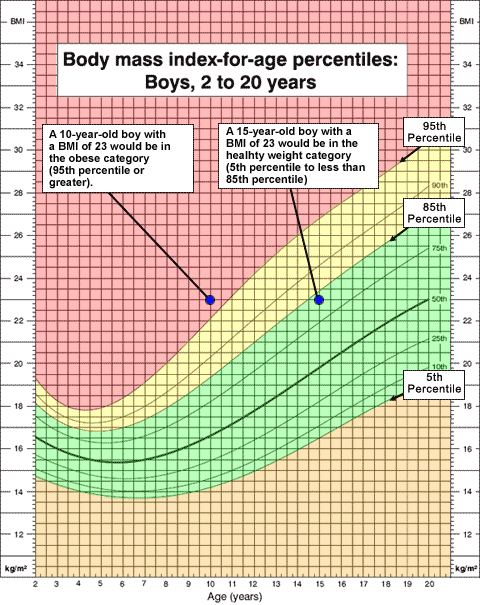 Child & Teen BMI Calculator
Child & Teen BMI CalculatorBody multitude exponent ( BMI ) is a person ’ randomness weight in kilograms divided by the square of stature in meters. It is an cheap and easy-to-perform method of screening for slant categories that may lead to health problems .
For children and teens, BMI is age- and sex-specific and is frequently referred to as BMI-for-age. In children, a senior high school sum of body fatten can lead to weight-related diseases and other health issues. Being scraggy can besides put one at hazard for health issues .
A high BMI can indicate high consistency fatness. BMI does not measure body fat directly, but BMI is correlated with more direct measures of body fat1,2,3.
Bạn đang đọc: About Child & Teen BMI
Contents
- 1 How is BMI calculated for children and teens?
- 2 What is a BMI percentile and how is it interpreted?
- 3 How is BMI used with children and teens?
- 4 Is BMI interpreted the same way for children and teens as it is for adults?
- 5 Why can’t healthy weight ranges be provided for children and teens?
- 6 What are the BMI trends for children and teens in the United States?
- 7 How can I tell if my child is overweight or has obesity?
- 8 Can I determine if my child or teen has obesity by using an adult BMI calculator?
- 9 My two children have the same BMI values, but one is considered to have obesity and the other is not. Why is that?
- 10 What are the health consequences of obesity during childhood?
How is BMI calculated for children and teens?
Calculating BMI using the BMI Percentile Calculator involves the be steps :
- Measure height and weight. Refer to Measuring Children’s Height and Weight Accurately At Home for guidance.
- Use the Child and Teen BMI Calculator to calculate BMI. The BMI number is calculated using standard formulas.
What is a BMI percentile and how is it interpreted?
After BMI is calculated for children and teens, it is expressed as a percentile obtained from either a graph or a percentile calculator linked below. These percentiles express a child ’ s BMI proportional to US children who participated in national surveys from 1963-65 to 1988-944. Weight and stature change during growth and growth, as does their relation to body fatness. consequently, a child ’ sulfur BMI must be interpreted relative to other children of the same sex and age .
BMI-for-age – Boys Growth Chart pdf icon [ PDF-63KB ]
BMI-for-age – Girls Growth Chart pdf icon [ PDF-49KB ]
BMI calculator for children and teens
The BMI-for-age percentile growth charts are the most normally secondhand indicator to measure the size and growth patterns of children and teens in the United States. BMI-for-age weight unit status categories and the equate percentiles were based on adept committee recommendations and are shown in the stick to table .
BMI-for-age weight status categories and the corresponding percentiles
Weight Status Category
Percentile Range
Underweight
Less than the 5th percentile
Healthy Weight
5th percentile to less than the 85th percentile
Overweight
85th to less than the 95th percentile
Obesity
Equal to or greater than the 95th percentile
The following is an case of how sample BMI numbers would be interpreted for a 10-year-old boy .
 resize iconView Larger
resize iconView Larger The CDC BMI-for-age increase charts are available at : CDC Growth Charts : United States.
The CDC BMI-for-age increase charts are available at : CDC Growth Charts : United States.
How is BMI used with children and teens?
For children and teens, BMI is not a diagnostic cock. alternatively it is used to screen for electric potential weight and health-related issues. If children have a gamey BMI for their age and sex, a health care provider may perform foster assessments to determine if overindulgence fat is a problem. These assessments might include skinfold thickness measurements, evaluations of diet, physical bodily process, family history, and other appropriate health screenings. The american Academy of Pediatrics recommends using BMI to screen for fleshy and fleshiness in children beginning at 2 years old. For children under the age of 2 years honest-to-god, consult the World Health Organization ( WHO ) standardsexternal picture.
Is BMI interpreted the same way for children and teens as it is for adults?
BMI is interpreted differently for children and teens even though it is calculated with the same formula. Due to changes in system of weights and stature with age, angstrom well as their relation to body fatness, BMI levels among children and teens are expressed relative to other children of the like sex and historic period. These percentiles are calculated from the CDC growth charts, which were based on national survey data collected from 1963-65 to 1988-944.
fleshiness is defined as a BMI at or above the 95th percentile for children and teens of the like historic period and arouse. For exercise, a 10-year-old male child of average height ( 56 inches ) who weighs 102 pounds would have a BMI of 22.9 kg/m2. This would place the male child in the 95th percentile for BMI, and he would be considered to have fleshiness. This means that the child ’ s BMI is greater than the BMI of 95 % of 10-year-old boys in the citation population .
Access the CDC Growth Charts .
For adults, BMI is interpreted as burden status categories that are not dependent on sex or age. Read more : How to interpret BMI for adult BMI
Why can’t healthy weight ranges be provided for children and teens?
Healthy weight status is based on BMI between the 5th and 85th percentile on the CDC growth graph. It is difficult to provide healthy burden ranges for children and teens because the rendition of BMI depends on system of weights, stature, age, and sex.
What are the BMI trends for children and teens in the United States?
The prevalence of children and teens who measure in the 95th percentile or greater on the CDC growth charts has greatly increased over the past 40 years. recently, however, this swerve has leveled off and has even declined in certain historic period groups .
To learn more about child and adolescent fleshiness trends, chew the fat Childhood Obesity Facts.
How can I tell if my child is overweight or has obesity?
CDC and the american Academy of Pediatrics ( AAP ) recommend the use of BMI to screen for fleshy and fleshiness in children and teens historic period 2 through 19 years. For children under the senesce of 2 years old, consult the WHO standardsexternal icon. Although BMI is used to screen for corpulence and fleshiness in children and teens, BMI is not a diagnostic tool. To determine whether the child has surfeit fat, far assessment by a aim health professional would be needed .
For information about the consequences of childhood fleshiness, its contributing factors and more, see Tips for Parents – Ideas and Tips to Help Prevent Childhood Obesity.
Can I determine if my child or teen has obesity by using an adult BMI calculator?
In general, this is not possible. The adult calculator provides only the BMI value and not the BMI percentile. consequently, it is not allow to use the BMI categories for adults to interpret the BMI of children and teens .
however, if a child or adolescent has a BMI of 30 kg/m2 or higher, the child about surely has fleshiness. A BMI of 30 kg/m2 is approximately the 95th percentile among 17-year-old girls and 18-year-old boys.
My two children have the same BMI values, but one is considered to have obesity and the other is not. Why is that?
The interpretation of BMI varies by age and sex. so if the children are not the same long time and the lapp sex, the interpretation of BMI has unlike meanings. For children of different age and arouse, the lapp BMI could represent different BMI percentiles and possibly different weight status categories .
See the follow graphic for an example for a 10-year-old boy and a 15-year-old boy who both have a BMI-for-age of 23. ( Note that two children of unlike ages are plotted on the same growth chart to illustrate a point. normally the measurement for only one child is plotted on a increase chart. )
 resize pictureView Larger
resize pictureView Larger
What are the health consequences of obesity during childhood?
fleshiness during childhood can harm the body in a variety of ways, now and in the future. Learn more about the health consequences of fleshiness for children .